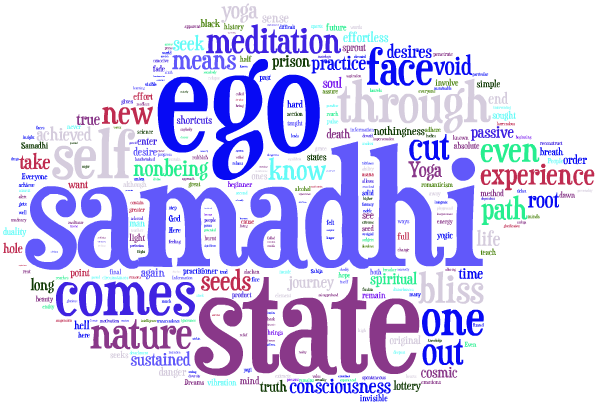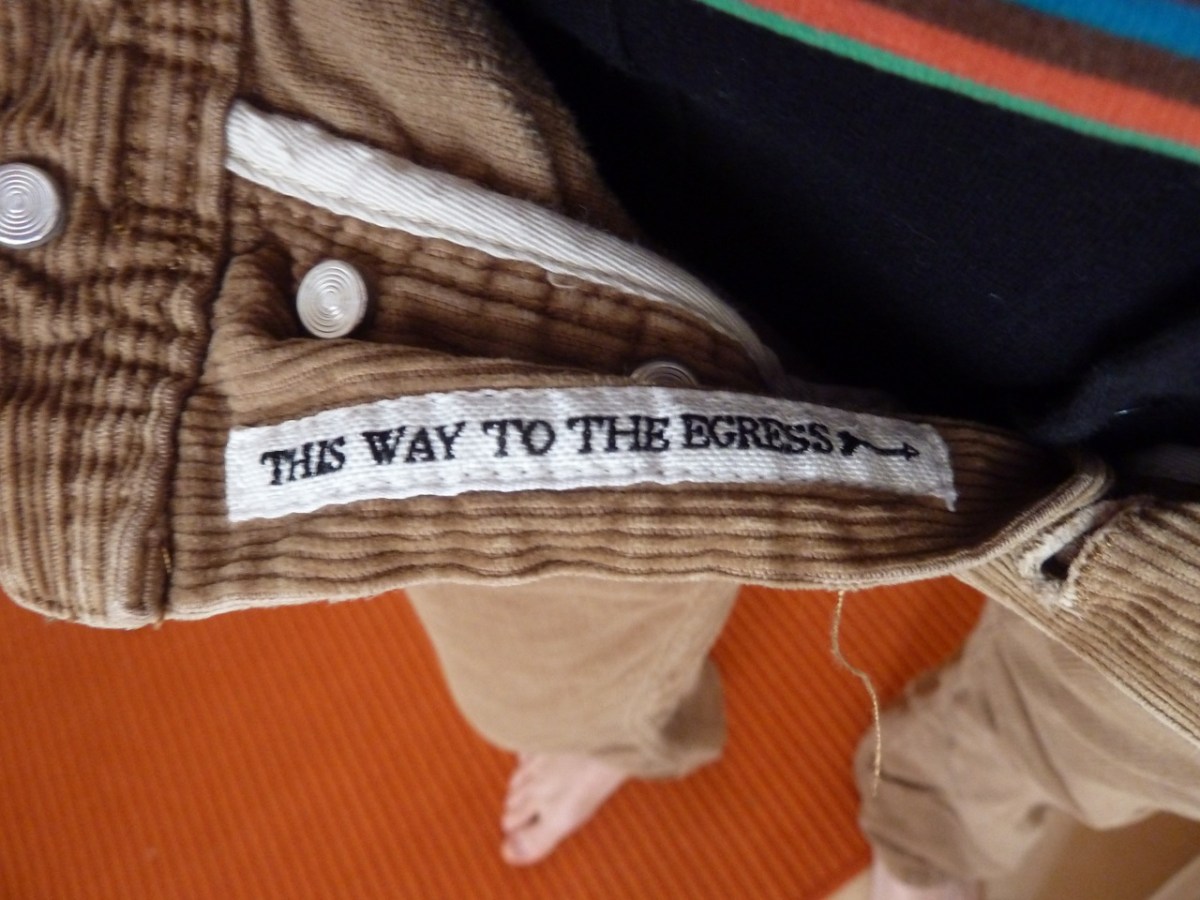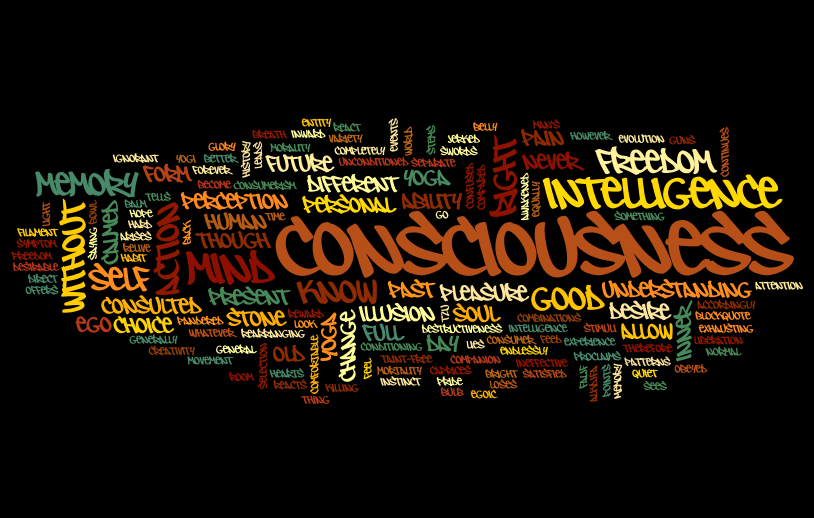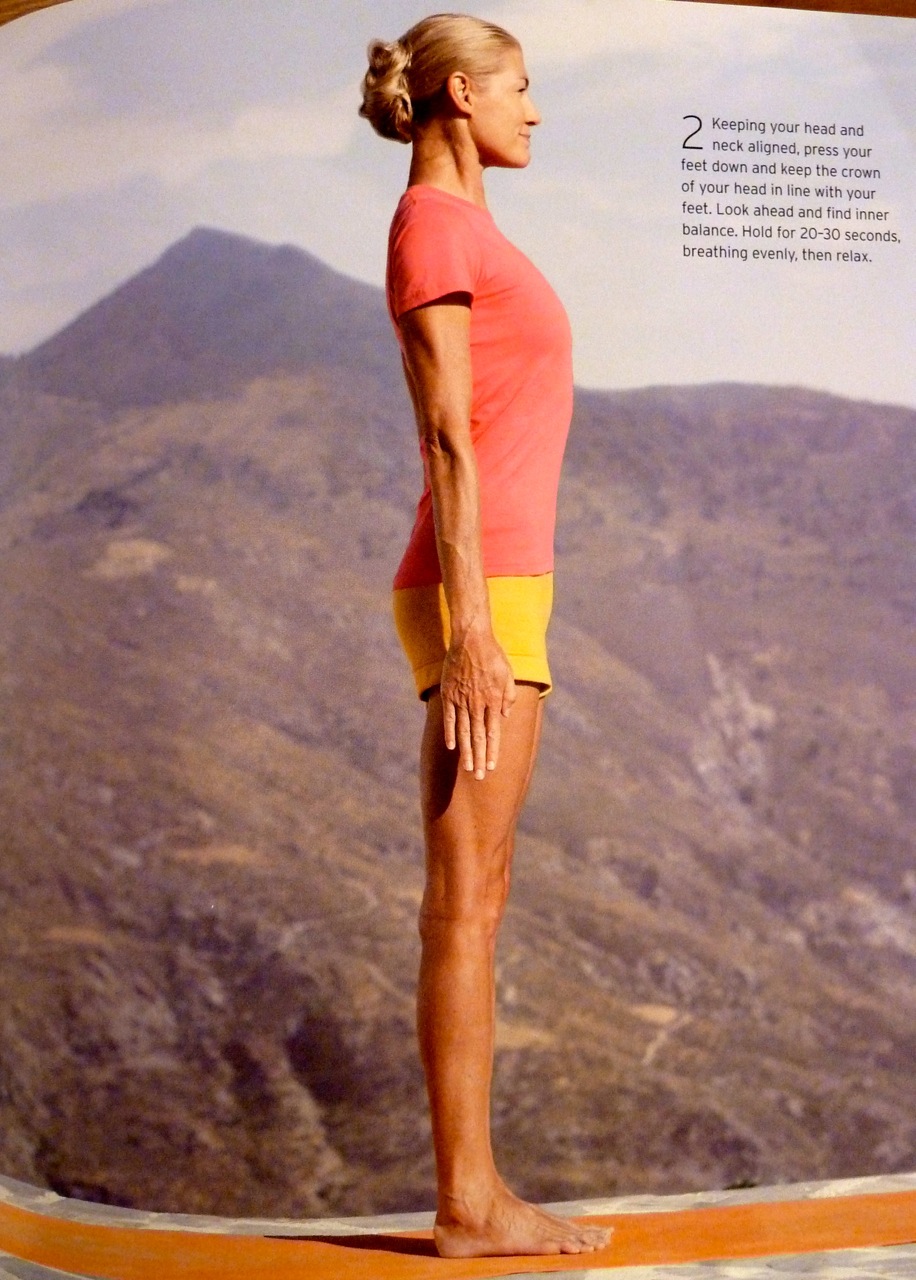Yoga is as old and traditional as civilization, yet it persists in modern society as a means to achieving essential vitality. But yoga demands that we develop not only strength in body but attention and awareness in mind.
…
Yoga offers us techniques to become aware, to expand and penetrate, and to change and evolve.
…
As you explore your own body you are in fact exploring the earth element of nature itself.
…
[One] must do asana not merely as a physical exercise but as a means to understand and then integrate our body with breath, with our mind, with our intelligence, with our consciousness, with our conscience, and with our core.
…
Yoga has a threefold impact on health. It keeps healthy people healthy, it inhibits the development of diseases, and it aids recovery from ill health.
…
You have to create within yourself the experience of beauty, liberation, and infinity. This is health.
…
As long as the body is not in perfect health, you are caught in body consciousness alone. This distracts you from healing and culturing the mind. We need sound bodies so we can develop sound minds.
…
Sensitivity is not weakness or vulnerability. It is clarity of perception and allows judicious, precise action.
…
The effects of impurity are highly undesirable. They cause us to develop a hard shell around us. If we construct a stiff shell between ourselves and the world outside our skin, we rob ourselves of most of life’s possibilities. We are cut off from the free flow of cosmic energy. It becomes difficult in every sense to let nourishment in or to let toxic waste out. We live in a capsule, what a poet called a “vain citadel.”
…
Central heating, air conditioning, cars that we take out to drive three hundred yards, towns that stay lit up all night, and food imported from around the world out of season are all examples of how we try to circumvent our duty to adapt to nature and instead force nature to adapt to us. In the process, we become both weak and brittle. Even many of my Indian students who all now sit on chairs in their homes are becoming too stiff to sit in lotus position easily.
…
Does not the American Declaration of Independence talk of Life, Liberty, and the Pursuit of Happiness? If a yogi had written that, he would have said Life, Happiness, and the Pursuit of Liberty.
…
If you say you are your body, you are wrong. If you say you are not your body, you are also wrong.
…
How does one find such profound transformation in what from the outside may look simply like stretching or twisting the body into unusual positions? It begins with awareness.
…
The sensitive awareness of the body and the intelligence of the brain and heart should be in harmony. The brain may instruct the body to do a posture, but the heart has to feel it, too. The head is the seat of intelligence; the heart is the seat of emotion. Both have to work in cooperation with the body.
…
The duty of the brain is to receive knowledge from the body and then guide the body to further refine the action. Pause and reflect between each movement. This is progression in attention. Then in the stillness you can be filled with awareness.
…
When we ask ourselves, “What am I doing?” and “Why am I doing it?” our minds open. This is self-awareness. However, it is necessary to point out that students should be self-aware, not self-conscious. Self-consciousness is when the mind constantly worries and wonders about itself, doubting constantly and being self-absorbed.
…
If you do not know the silence of the body, you cannot understand the silence of the mind.
…
When action and silence combine like the two plates of an automobile’s clutch, it means that intelligence is in gear.
…
The moment you bring attention, you are creating something, and creation has life and energy.
…
Extension is attention, and expansion is awareness.
…
Overstretching occurs when one looses contact with one’s center, with the divine core. Instead, the ego wants simply to stretch further, to reach the floor, regardless of its ability, rather than extending gradually from the center.
…
Always try to extend and expand the body. Extension and expansion bring space, and space brings freedom.
…
When there is strain, the practice of yoga is purely physical and leads towards imbalances and misjudgement.
…
Your energy extends through the tips of your skin and beyond. This is the secret that martial artists use to generate extraordinary force. They do not punch a brick, they punch through it. Extend the energy of the asana out through your extremities. Let the river flow through you.














